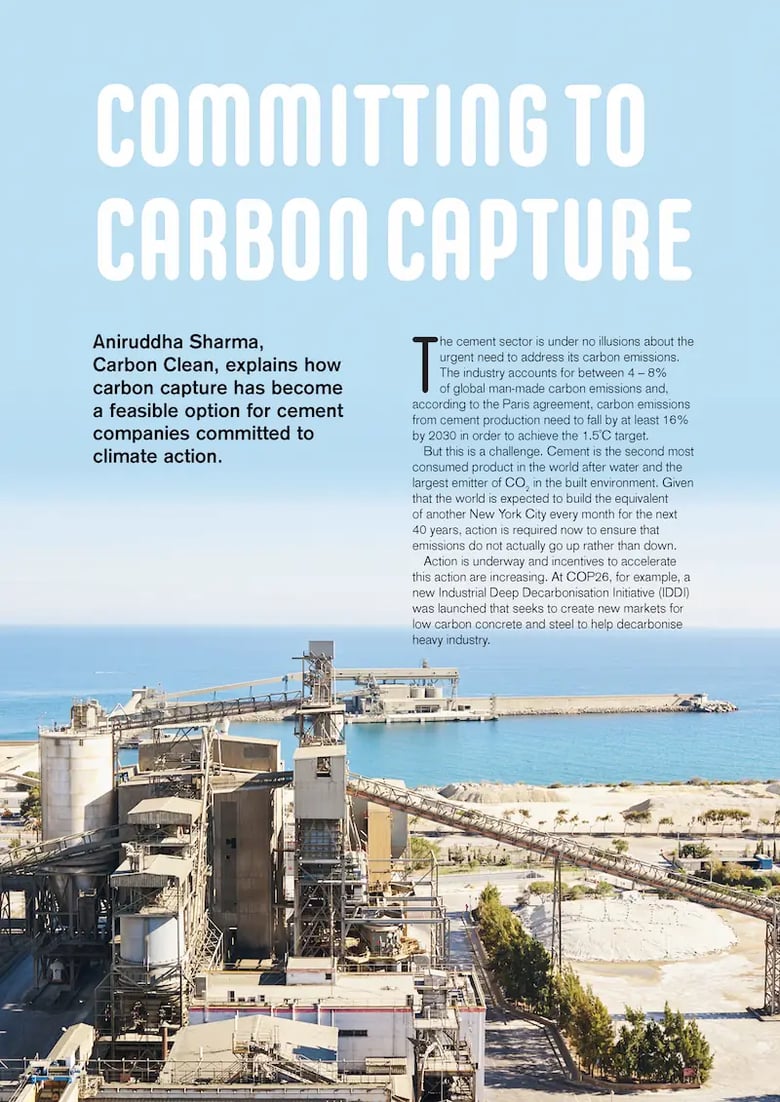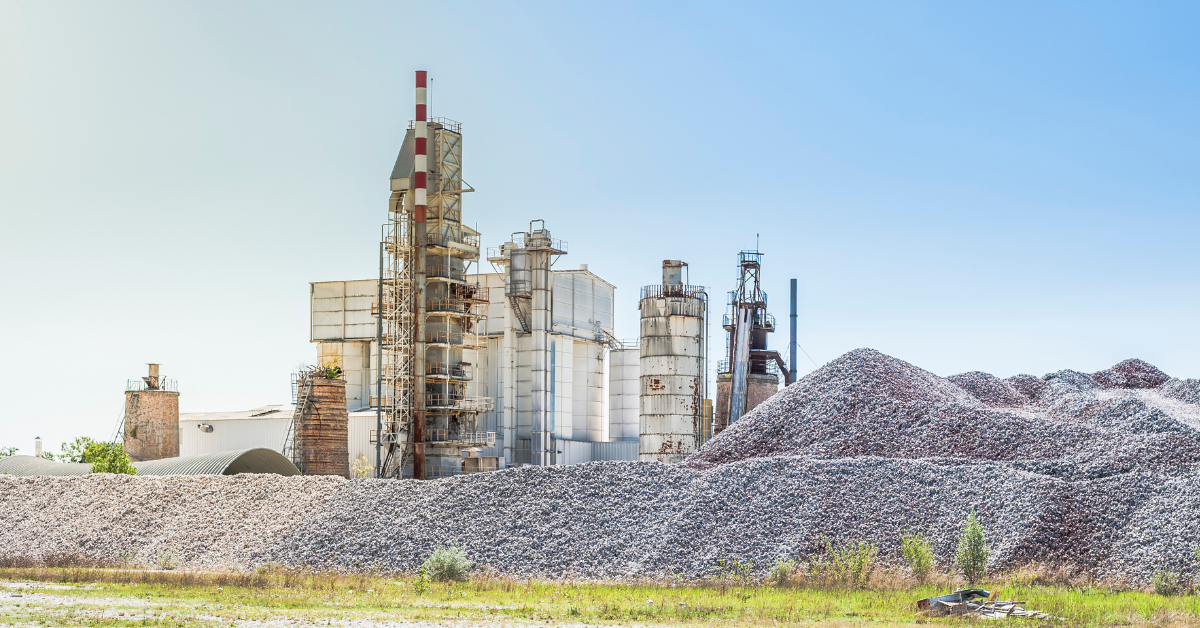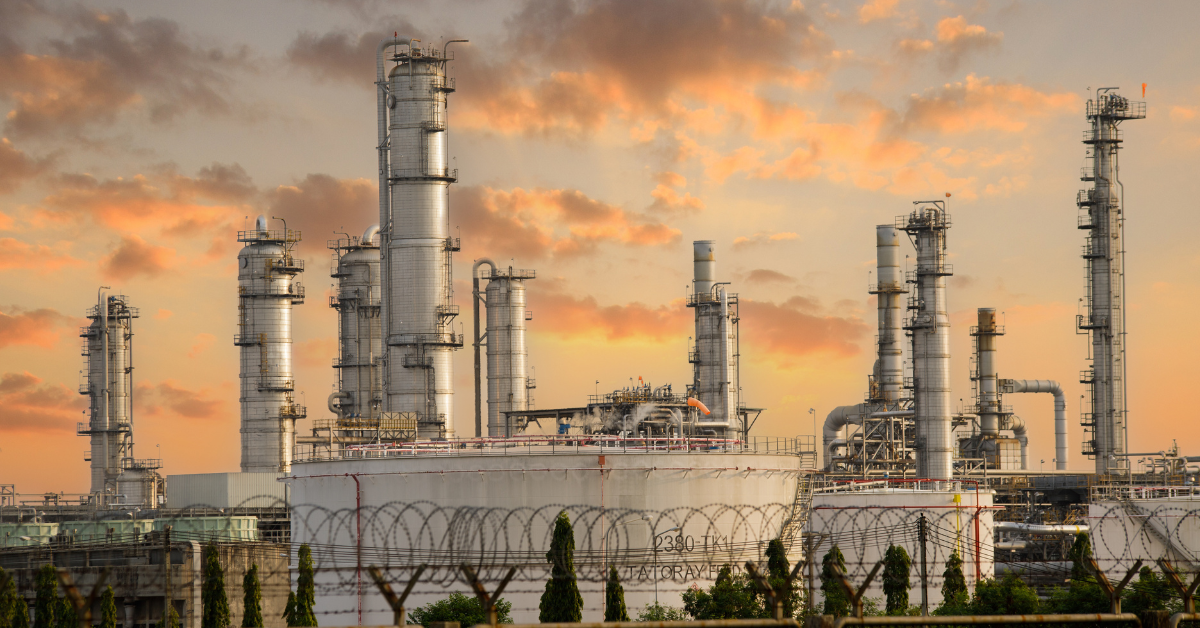Cement is the second-most-consumed product globally and a major contributor to global carbon emissions. Decarbonising the cement sector is therefore a priority but most of its emissions are unavoidable – coming from the calcination process.
There are various decarbonisation options for the cement sector to explore but operational advances, such as energy-efficiency measures, have largely been implemented and many new technologies are at an early stage of development. Carbon capture, utilisation and storage (CCUS), however, is a solution that is already available and is increasingly cost-effective.
We’ve been developing strategic partnerships with leading cement companies for some time, including Taiheiyo Cement, Holcim and CEMEX. We are delivering our leading carbon capture solutions for these companies and demonstrating how effective they are in bringing emissions down. Our fully modular technology, CycloneCC™, is an especially attractive solution for cement companies and we’re working with CEMEX to deploy this innovative technology at its Rüdersdorf plant in Germany.
Cement companies have an opportunity to identify the best path toward decarbonisation and invest in a low carbon future. Demand for low carbon cement will continue to grow and it’s imperative that the sector adapts quickly. Forward-thinking players have an opportunity to leapfrog others and become industry front-runners.
World Cement article
For further insights on the cement industry and our work with leading companies in the sector read our article in World Cement.
You will also find guidance on the first steps to take when exploring the potential of carbon capture for your facility. While each cement plant is distinct, and is likely to require expert guidance on the optimal solution to best suit it's requirements, there are some common key considerations for all companies considering carbon capture deployment.



